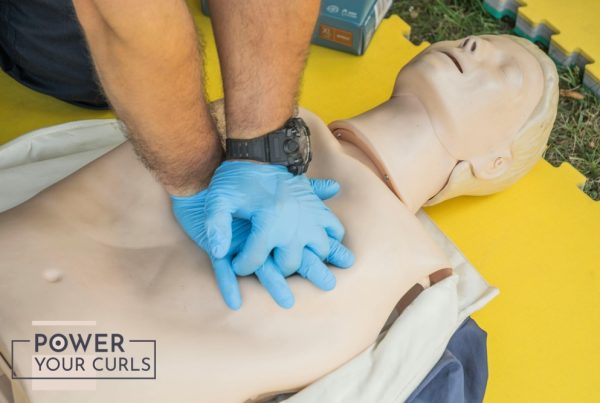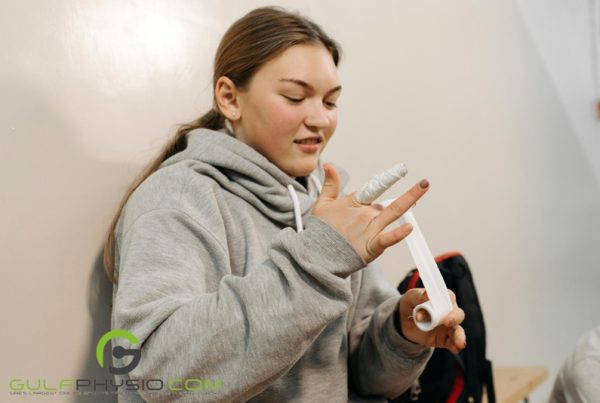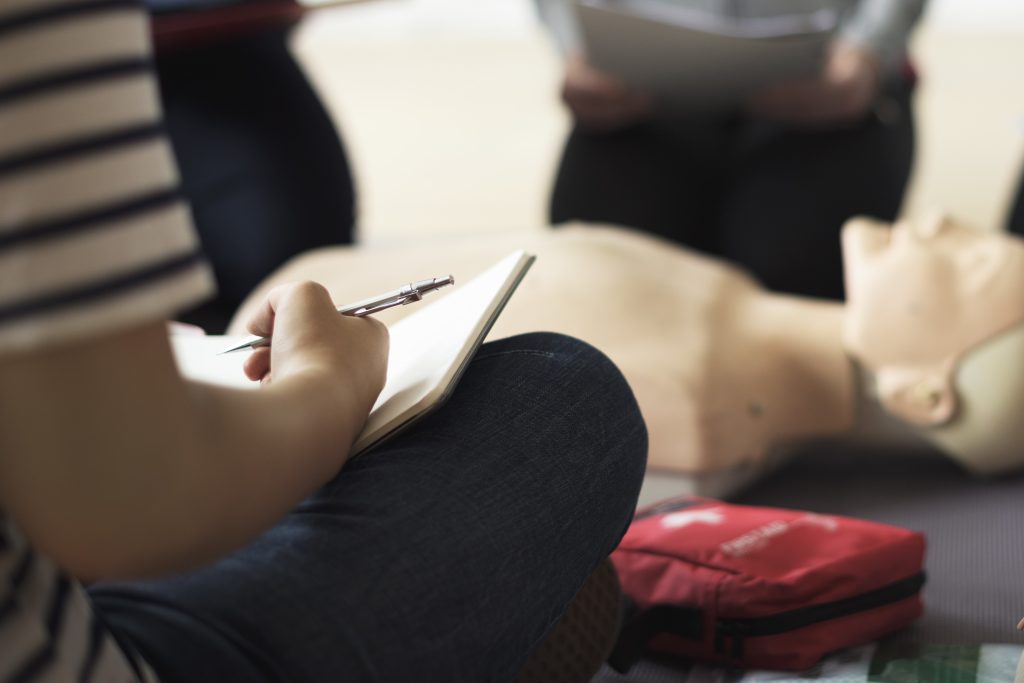
Anything can happen in an emergency. From earthquakes to floods, you never know what you’ll get caught up in. Whatever the cause, it’s best to prepare for anything. In the home or at the workplace, you can take precautions. These are to ensure the safety of you and the people you care about.
You might not be sure how to go about it at first. For starters, we have a list of organizations and materials that’ll get you ready for any disaster. Here are the basics you need to know, beginning with definitions and importance.
What Is Emergency Preparedness?
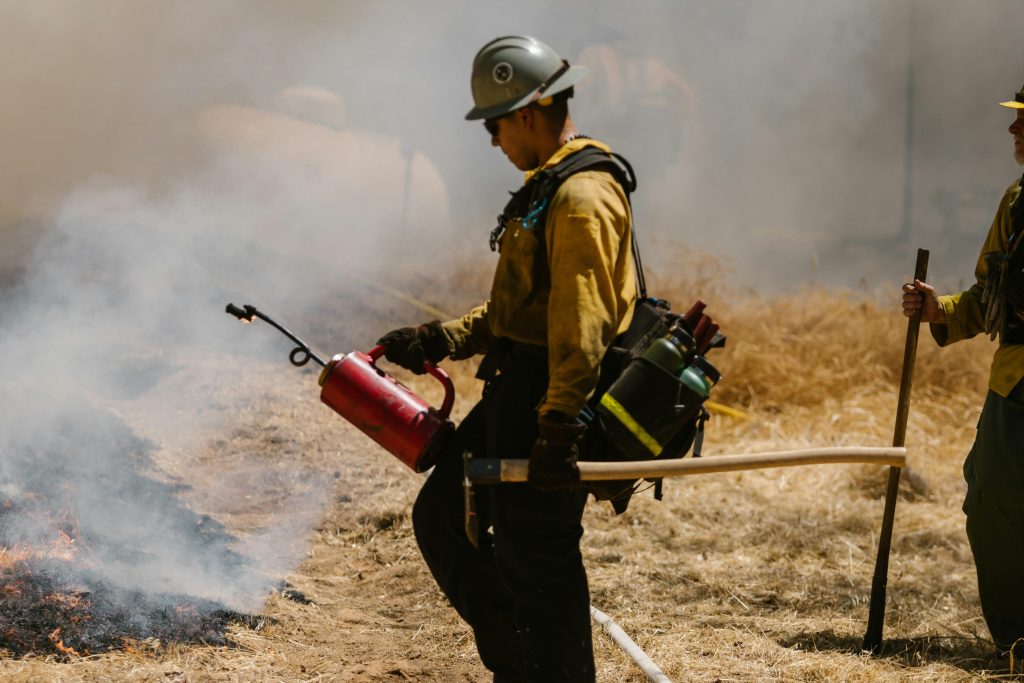
By definition, emergency preparedness refers to a set of actions a person takes in an emergency. These steps ensure that you and the people around you are safe and secure before, during, and after.
What Kind of Emergencies Can You Prepare For?
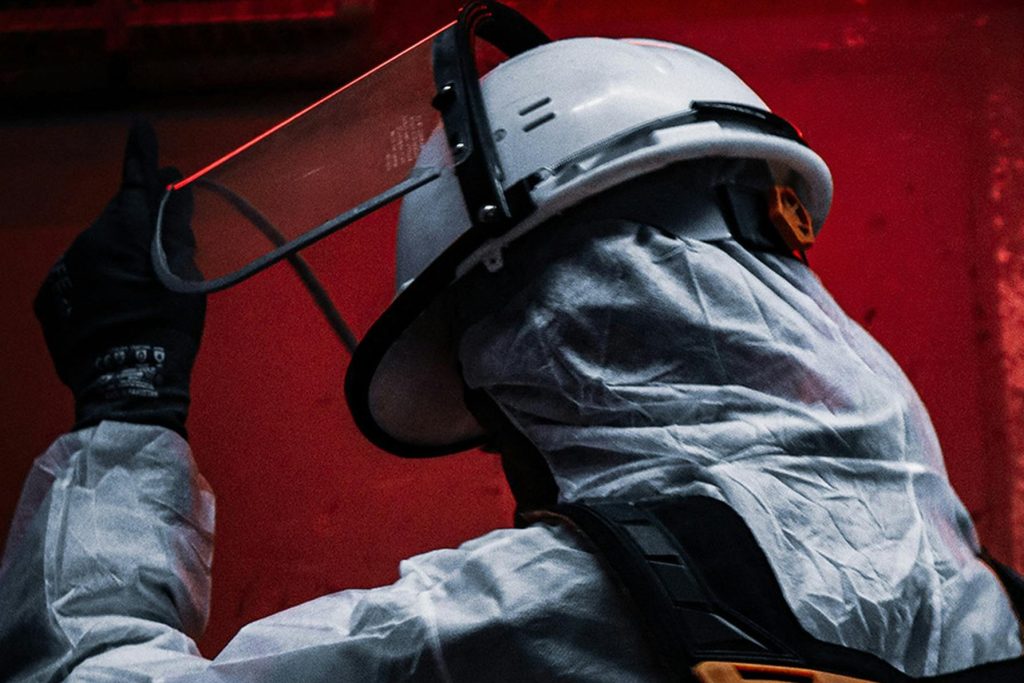
Emergencies can either be natural or artificial disasters. Natural disasters include earthquakes, floods, tornadoes, blizzards, and tsunamis.
Not all crises come from nature. Now for artificial disasters, or disasters made my man. Examples are biological and chemical attacks, fires, and explosions. Some emergencies even involve personal injury.
What Is the Importance of Emergency Preparedness?
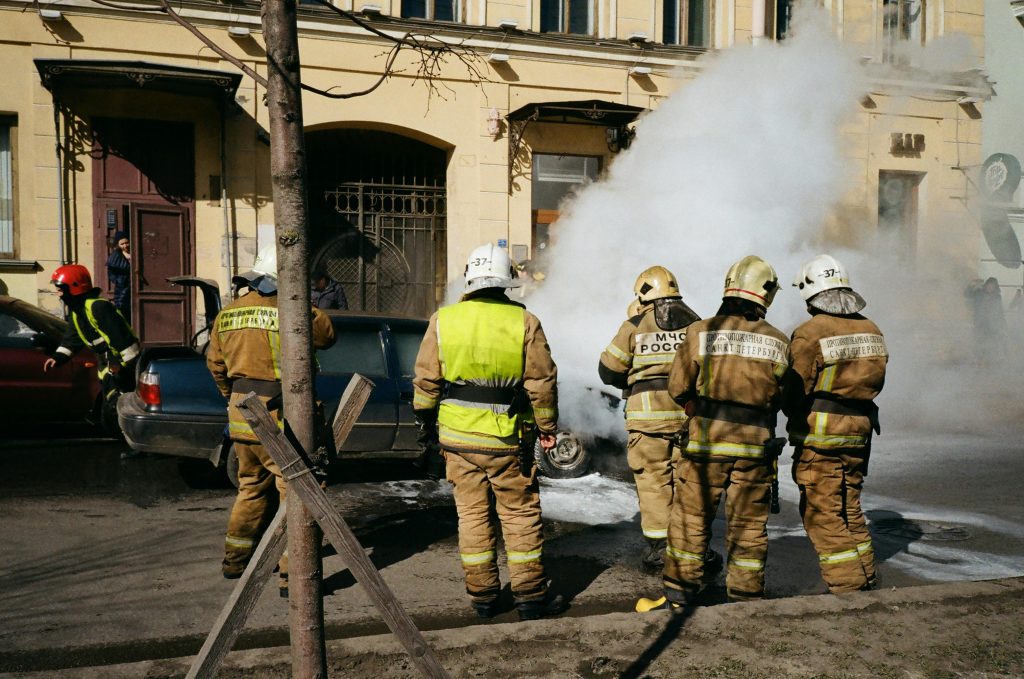
We’ve talked about how any emergency is unpredictable to begin with. Not knowing when an aftershock might happen, for instance, can give you a lot of anxiety. Preparing yourself can cut down that feeling, making you ready for anything.
Being prepared for an emergency can lessen your fear of a possible crisis. Most importantly, having everything ready will help you make sure you and your loved ones are safe and secure.
What Do You Need in an Emergency Situation?
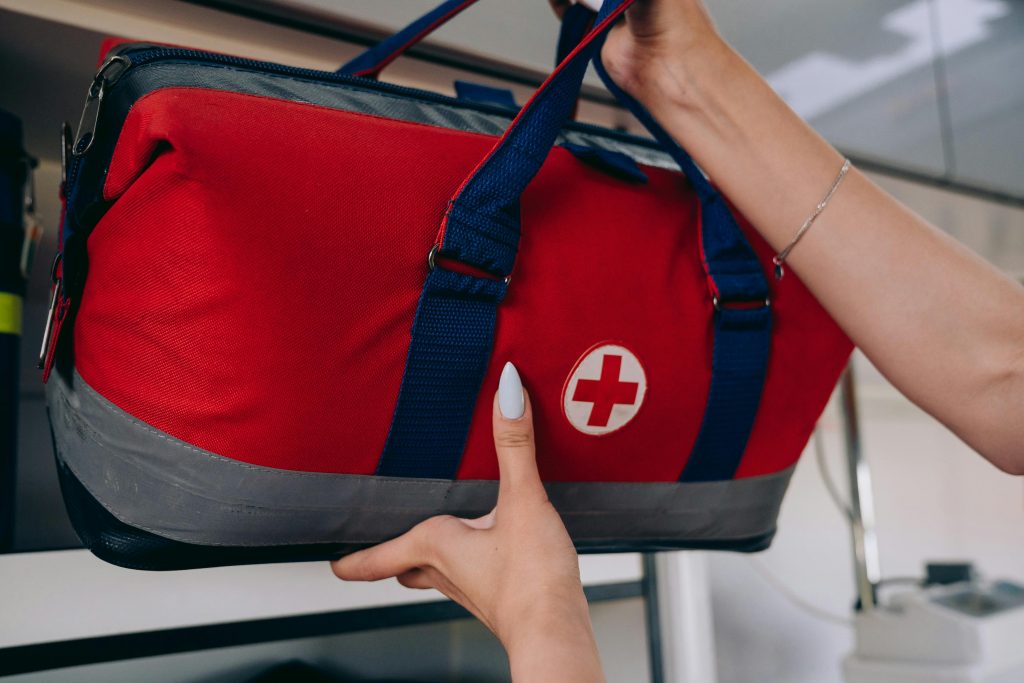
In order for you to feel safe, you need the right materials. The kind of materials you need for an emergency depends on the emergency and your current location. For the workplace/home, it’s always best to build an emergency kit or two on hand with the following basics:
- Easy-to-prepare and non-perishable food (supply for 3 days when evacuation is required, or for 2 weeks for the home)
- A gallon of water per person (supply for 3 days when evacuation is required, or for 2 weeks for the home)
- First aid kit/s (supply for the number of people in the household or for at least 25 people in a larger office)
- Medications
- Flashlights
- Hand-crank or battery-powered radio (preferably a weather radio)
- Cell phone/s and their chargers
- Extra batteries (for a radio, flashlights, etc.)
- Personal documents (copies of medical information and medicine lists, lease/deed to the home, proof of address, insurance policies, birth certificates, passports, and other relevant IDs, etc.)
- Family and emergency contact information
- Family and emergency contact information
- Extra money in cash
- Personal hygiene and sanitation products
- Emergency blanket/s
- Physical map/s of the area/s
- Multiple purpose tool/s
Aside from the basics, you can now gather more supplies for your family/workmates. Here are some examples:
- Other medical supplies (glasses, hearing aids with extra batteries, etc.)
- Another set of house keys and car keys
- Supplies for the baby and kids, if required (baby food, bottles, diapers, formula, games, activities, etc.)
- Supplies for the pet/s, if required (leash, collar, food, ID, feeding bowl, carrier, etc.)
- Can opener
- Two-way radios
If you live in a calamity-prone area, there are some other supplies that you might need that can help you. Depending on the disaster, the materials you need may vary. Before getting the right emergency preparedness training, here are some additional provisions you should think about adding to your list:
- Sleeping bag/s
- Extra blanket/s
- Extra clothing
- Shoes
- Hats
- Towels
- Whistle
- Surgical mask/s
- Rain gear
- Plastic sheeting
- Tools for securing your home
- Work gloves for protection
- Duct tape
- Scissors
- Matches
- Liquid bleach
Can You Be Trained for Emergency Preparedness?
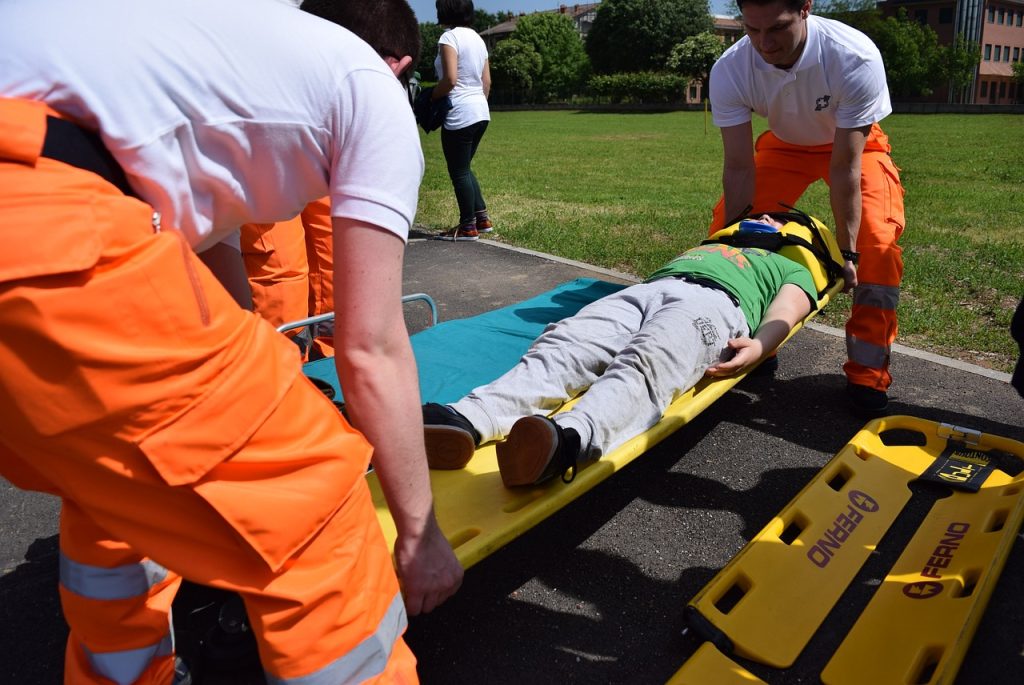
Emergency supplies are just one part of the solution. After getting your supplies ready, you can train in emergency preparedness and first aid. Some towns, even districts, encourage their residents to partake in local emergency preparedness initiatives, including earthquake and fire drills. There are also options for formal training as well. First responders in local towns also offer free classes in first aid, CPR and defensive driving. These include concepts such as stress management, situational awareness and following distance between vehicles. These are aspects in which most EVOC (Emergency Vehicle Operator Course) courses tend to focus on in order to reduce accidents. Some places offer specialized EVOC training meant for first responders to navigate through urban and rural environments.
Where Can I Get Emergency Preparedness Training?
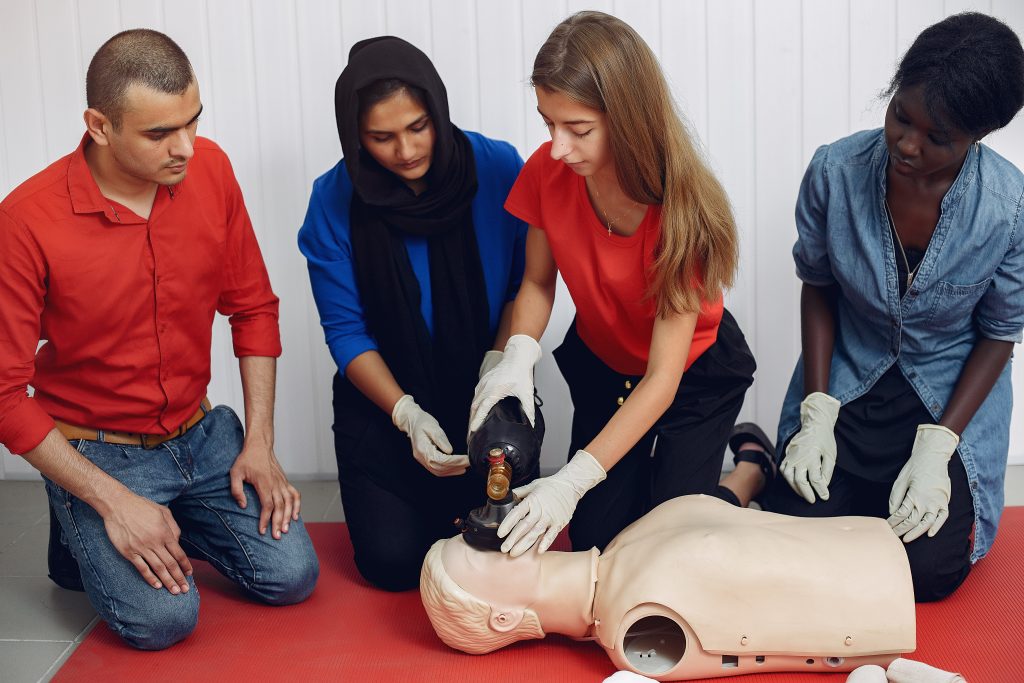
There are so many organizations that offer emergency preparedness training. You can try the International Federation of Red Cross and Red Crescent Societies (IFRC). This establishment encompasses and supports the Red Cross and Red Crescent factions in over 191 countries. On their website, you can find their e-learning course and free ready-to-download leaflets.
The Red Cross specifically has its emergency preparedness program. Depending on the course, it can either be online or face-to-face classes. You can even volunteer for them to help you gain more experience with the material they give.
Moreover, local training sessions for emergency and disaster preparedness are always available. Regional departments like the National Emergency, Crisis, and Disasters Management Authority have a training hub.
Including their first aid course, Green World Group also has a course for disaster management for employees. Other establishments that offer comprehensive emergency preparedness training include:
In Conclusion
Emergency preparedness is an essential skill to learn for the safety of the household and workplace. There is a need for proper materials, kits, and training. Anybody can get ready for any possible disaster life can throw at them.

